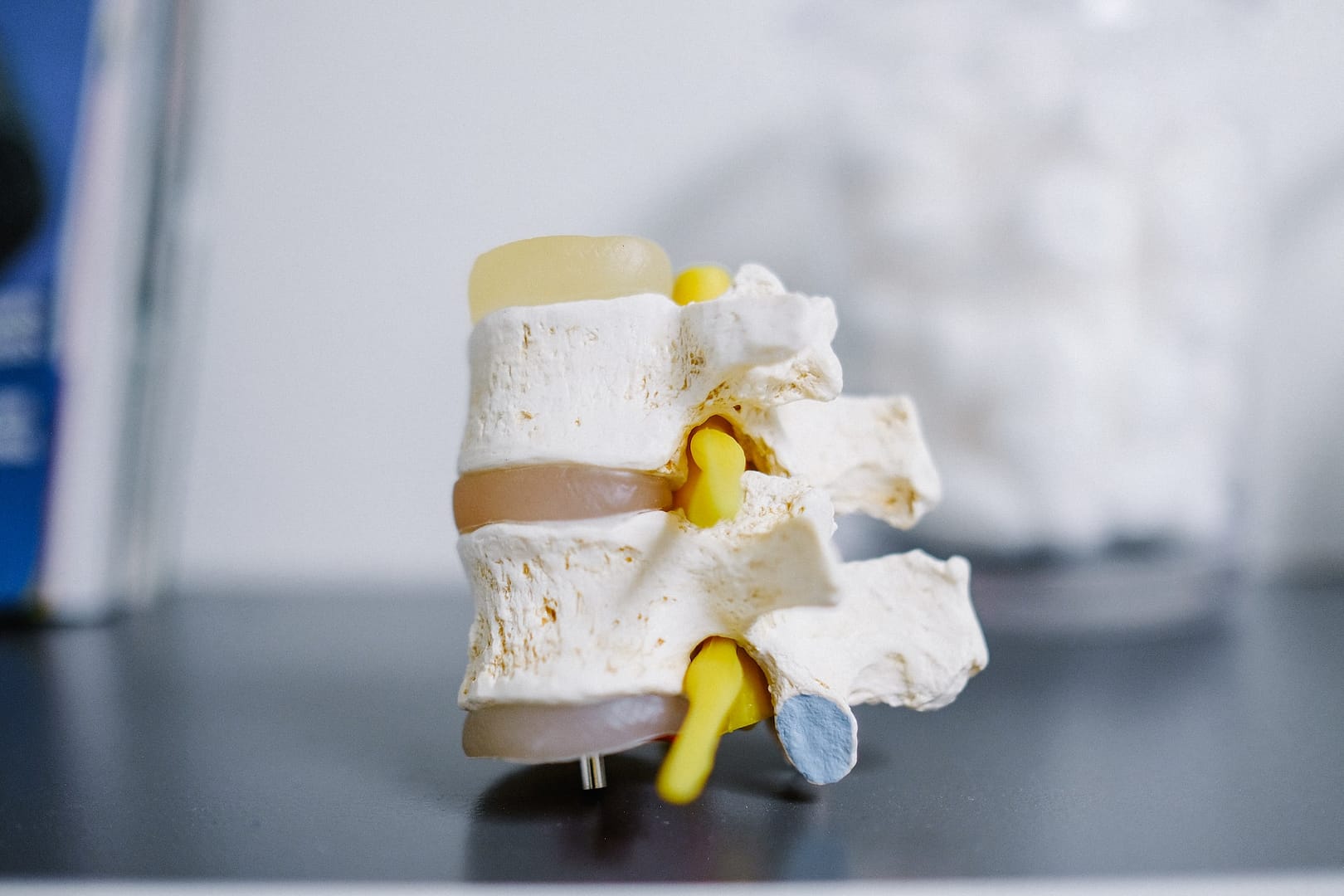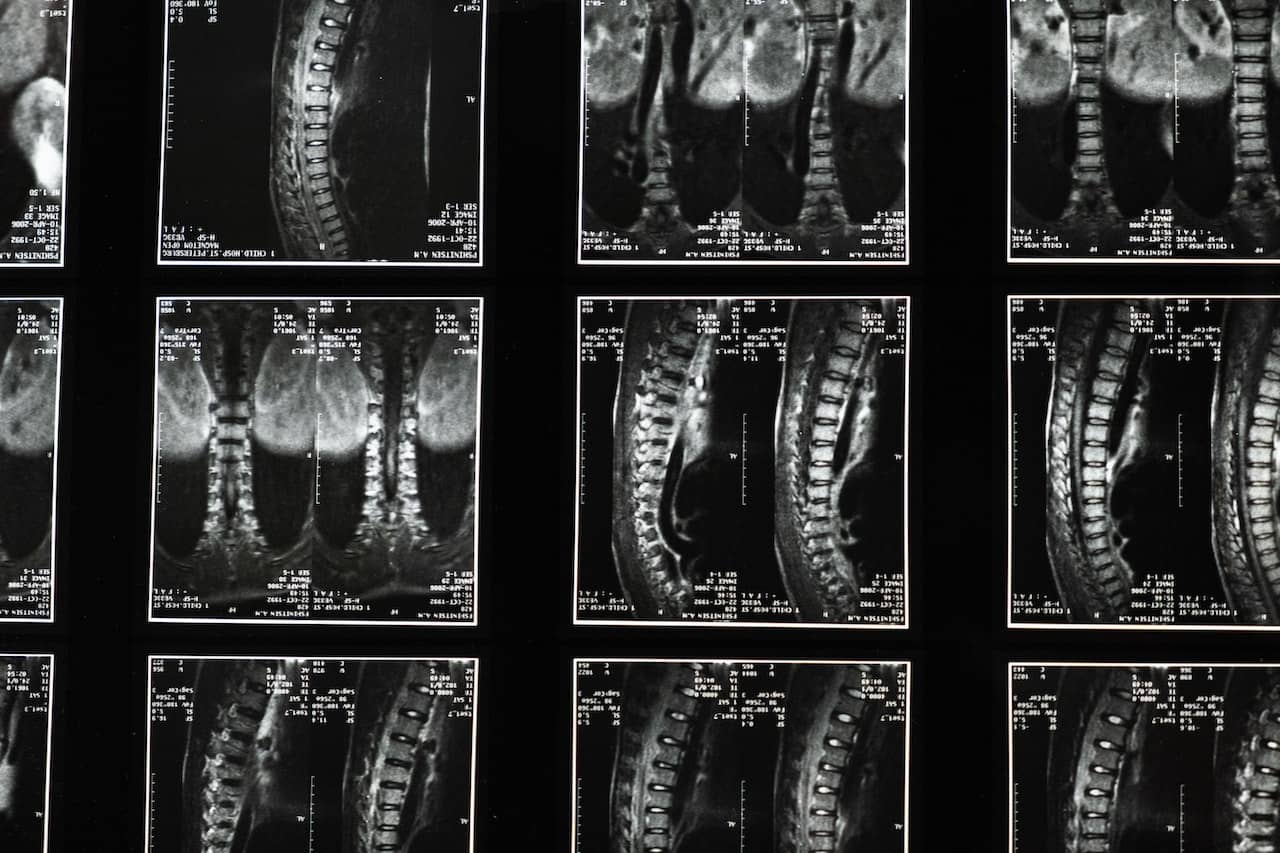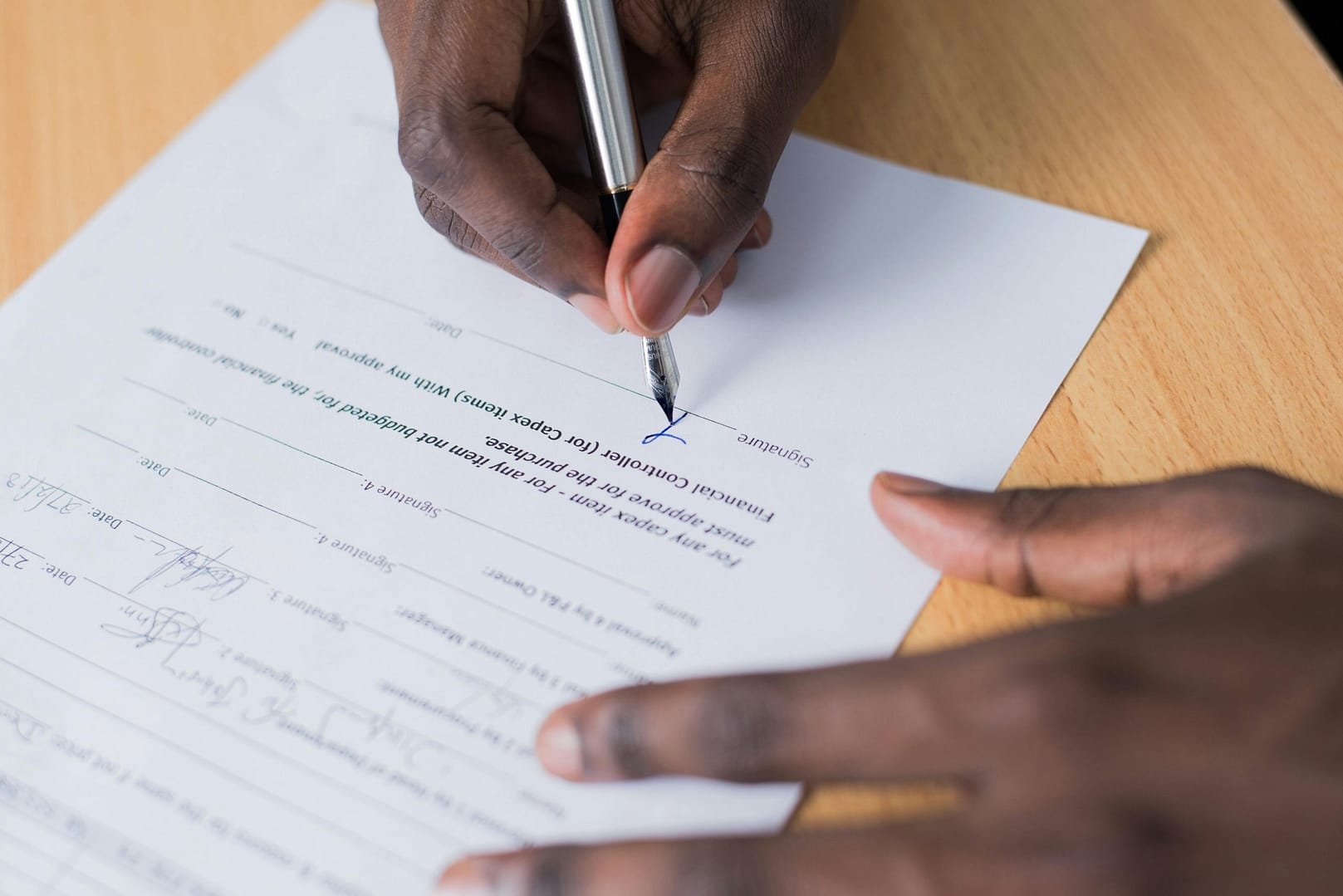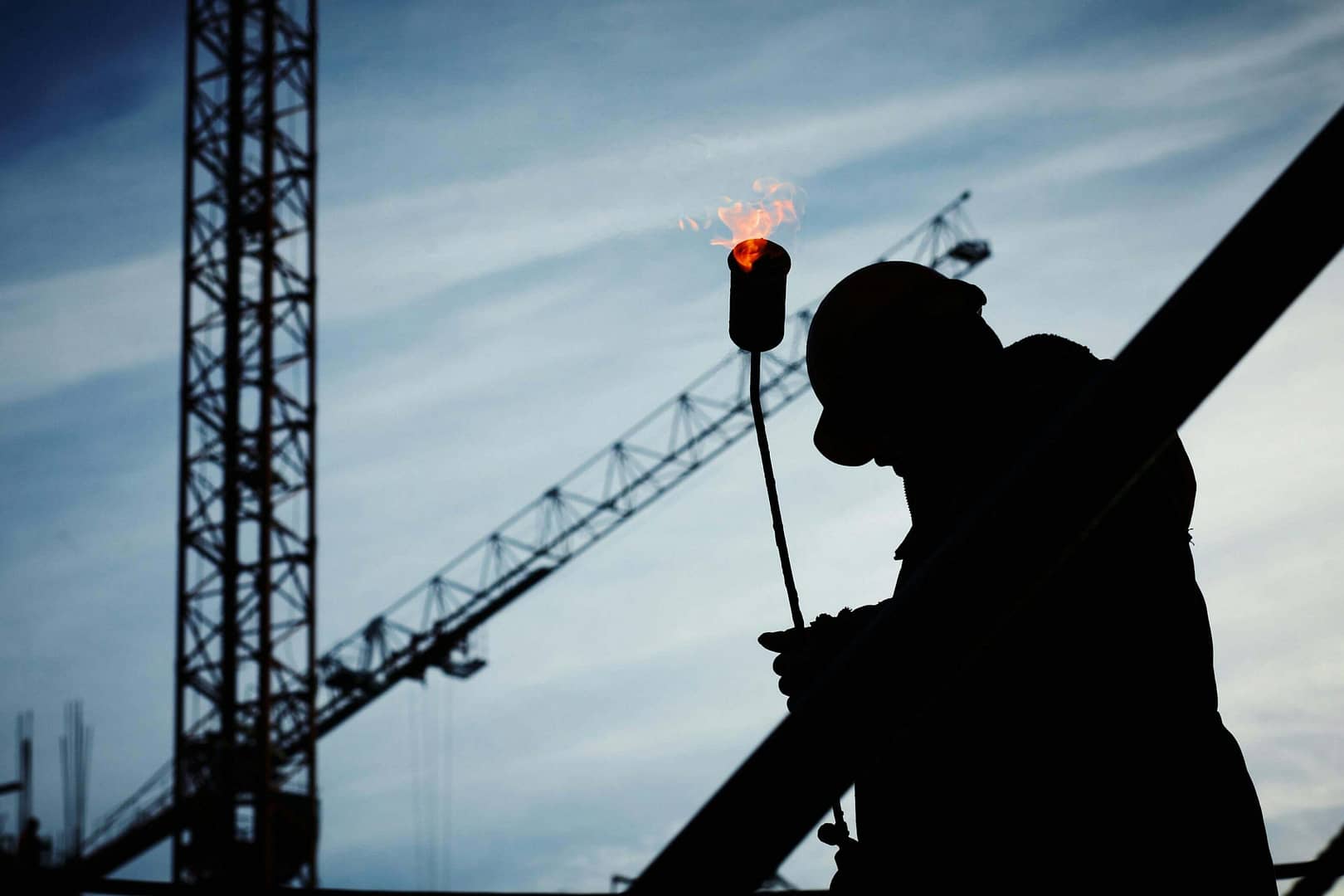The spine, a marvel of nature’s design, is a remarkable structure that provides support, flexibility, and protection to our bodies. Understanding the anatomy of the spine is crucial for appreciating its intricate functions and the importance it holds in our daily lives. In this article, we’ll embark on a journey through the five key parts of the spine and delve into the intriguing world of spinal cord injuries. We will also explore your options when making a serious injury claim.
The Spine
Our spine, often referred to as the backbone, serves as the central pillar upon which our body’s framework rests. This complex structure consists of five distinct parts, each with its unique role to play. These components are the cervical spine, thoracic spine, lumbar spine, sacral spine, and coccygeal spine. Together, they form the spine’s incredible tapestry, supporting our body’s functionality in ways we may not always appreciate.
The Cervical Spine
At the top of the spine, we find the cervical spine. It comprises seven vertebrae and is located in the neck region. The cervical spine is responsible for supporting the weight of our head, which can weigh up to 12 pounds (about 5.4 kilograms) – that’s roughly the weight of a bowling ball! Its incredible flexibility allows us to nod, shake our heads, and turn our necks with ease.
The Thoracic Spine
Moving down the spine, we encounter the thoracic spine, consisting of twelve vertebrae. This portion of the spine is attached to the ribcage, forming a protective barrier around the vital organs, such as the heart and lungs. It’s like nature’s armor, safeguarding our most precious assets.
The Lumbar Spine
Further down, we reach the lumbar spine, comprised of five vertebrae. The lumbar spine plays a pivotal role in bearing the weight of our upper body and any additional loads we carry. Think of it as the sturdy foundation of a towering skyscraper, providing stability and support.
The Sacral Spine
Below the lumbar spine lies the sacral spine, which consists of five fused vertebrae. This part of the spine is immovable and provides a stable foundation for the entire structure. It connects the spine to the pelvis, ensuring that we can sit, stand, and walk with balance and coordination.
The Coccygeal Spine
Finally, at the very bottom of the spine, we encounter the coccygeal spine, also known as the tailbone. While this small, triangular bone may seem insignificant, it’s a remnant of our evolutionary past when our ancestors had tails. Today, it serves as an attachment point for various muscles and ligaments.
Now that we’ve unraveled the mystery of the five parts of the spine, let’s take a closer look at what happens when the spine encounters adversity, particularly in the context of spinal cord injuries.
Your Spine Following a Spinal Cord Injury
Imagine a scenario where the intricate harmony of your spinal cord, the vital communication highway of your nervous system, is disrupted. This can happen due to accidents, falls, or medical conditions, and the consequences can be life-altering. Let’s delve into the world of spinal cord injuries and understand their impact.
The Spinal Cord
Before we discuss spinal cord injuries, it’s essential to comprehend the role of the spinal cord itself. Picture it as an information superhighway, transmitting messages between the brain and the rest of the body. Every movement, sensation, and function is orchestrated by this remarkable bundle of nerves.
Types of Spinal Cord Injuries
Spinal cord injuries can be broadly categorized into two types: complete and incomplete. In a complete injury, the spinal cord is entirely severed, leading to a loss of all sensory and motor functions below the injury site. In contrast, an incomplete injury allows some degree of sensory and motor function to persist below the injury site, though it may be impaired.
Paralysis: A Life-Altering Consequence
One of the most devastating consequences of a spinal cord injury is paralysis. When the spinal cord is damaged, it can disrupt the signals between the brain and the body, leading to a loss of movement and sensation. The extent of paralysis depends on the location and severity of the injury. For example, a cervical spine injury may result in quadriplegia, affecting all four limbs, while a lumbar spine injury may lead to paraplegia, affecting the lower limbs.
The Journey of Recovery
The road to recovery after a spinal cord injury is often long and challenging. It requires a multidisciplinary approach involving healthcare professionals, rehabilitation specialists, and the unwavering determination of the individual. Rehabilitation programs aim to maximize independence, improve mobility, and enhance the overall quality of life for those with spinal cord injuries.
Assistive Devices: Regaining Independence
Assistive devices play a crucial role in the lives of individuals with spinal cord injuries. These devices, ranging from wheelchairs and mobility aids to advanced technologies like exoskeletons, empower individuals to regain independence and participate in various activities. For example, a person with paraplegia may use a specially designed wheelchair to move around with ease, while those with quadriplegia may benefit from advanced exoskeletons that enable them to stand and walk.
Innovations in Treatment
Research and innovations in the field of spinal cord injury treatment offer hope for the future. Scientists are exploring techniques like stem cell therapy and neuroprosthetics to restore lost functions. While these treatments are still in the experimental stage, they hold the promise of improving the lives of individuals with spinal cord injuries.
Making a Serious Injury Claim with National Claims
At National Claims, we understand that spinal cord injuries can be life-changing events, and we are here to guide you through the process of making a serious injury claim. Our team of experienced professionals is dedicated to ensuring that you receive the compensation and support you deserve following a spinal cord injury. Let’s take a closer look at how we can assist you on this challenging journey.
Why Choose National Claims?
When it comes to making a serious injury claim, choosing the right legal representation is crucial. At National Claims, we have a proven track record of success in handling complex cases, including those involving spinal cord injuries. Our team of legal experts specializes in personal injury law and understands the unique challenges faced by individuals with spinal cord injuries.
We are committed to providing you with the support and guidance you need to navigate the claims process effectively. Our goal is to secure the maximum compensation possible to cover your medical expenses, ongoing care, and the impact of the injury on your quality of life.
The Claims Process
Making a serious injury claim can seem overwhelming, especially when you are already dealing with the physical and emotional challenges of a spinal cord injury. At National Claims, we simplify the process for you, ensuring that you understand each step along the way.
Free Consultation: Your journey with National Claims begins with a free consultation. During this initial meeting, our claims specialists will listen to your story, assess the details of your case, and provide you with an honest evaluation of its strength.
Gathering Evidence: To build a strong case, we work diligently to gather all the necessary evidence. This includes medical records, accident reports, witness statements, and any other documentation relevant to your claim.
Compensation: We will ensure that you receive the compensation you are entitled to. This may include funds for medical bills, rehabilitation, lost wages, and pain and suffering.
Supporting You Beyond the Claim
At National Claims, our commitment to your well-being goes beyond securing compensation. We understand that a spinal cord injury can have long-lasting effects on your life, and we are here to provide ongoing support. We can connect you with medical specialists, rehabilitation services, and support groups to help you on your path to recovery.

Conclusion
A spinal cord injury can be a life-altering event, but you don’t have to face it alone. At National Claims, we are dedicated to helping you navigate the legal complexities of making a serious injury claim. Our experienced team will work tirelessly to secure the compensation you deserve, allowing you to focus on your recovery and rebuilding your life.
If you or a loved one has suffered a spinal cord injury, don’t hesitate to reach out to National Claims for a free consultation. We are here to listen, support, and advocate for your rights every step of the way. Your journey to justice and healing starts with us.
Contact us to get a start on your claim and to find out more about serious injuries.
Click below to see why we are one of the most trusted claims management companies in the UK.

We’re proud of our excellent customer reviews
We thrive on delivering exceptional service and ensuring our clients’ satisfaction. Don’t just take our word for it. Check out some of our independent reviews to see what our clients have to say.
Excellent

This firm is excellent, they sorted out my car pay out and injury claim very fast, they always communicate with you all the time.

My accident case was dealt with confidence and with great result of the outcome, especially James kept me informed all the time.

I was very impressed at the way my inquiry was treated. I was listened to attentively and everything I needed to know was explained to me.






